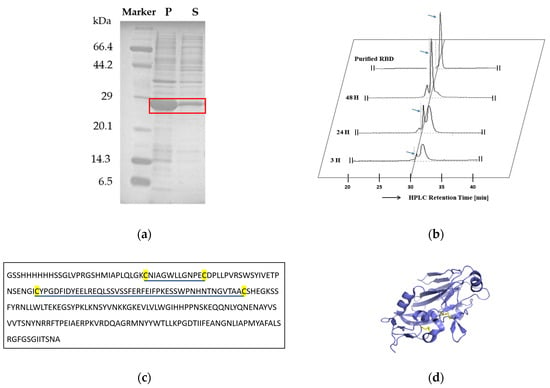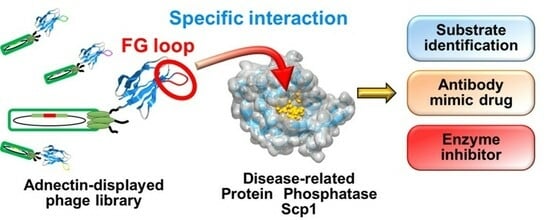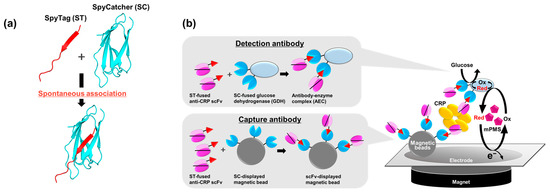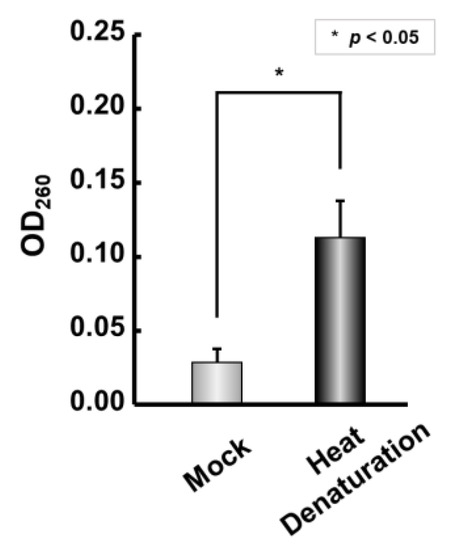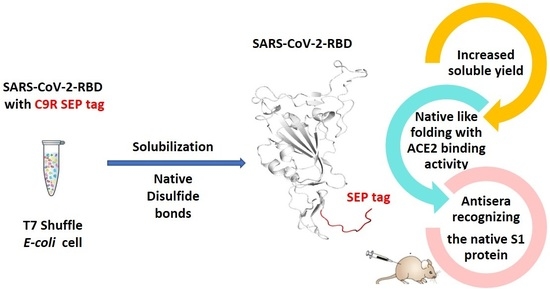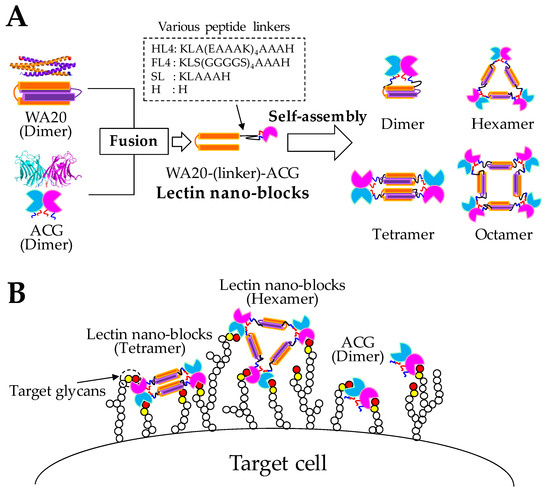State-of-the-Art Macromolecules in Japan
A topical collection in International Journal of Molecular Sciences (ISSN 1422-0067). This collection belongs to the section "Macromolecules".
Viewed by 14375Editors
Interests: protein engineering; structural biology; biotechnology; synthetic biology
Interests: biomacromolecules; biosensors; liquid–liquid phase separation
Special Issues, Collections and Topics in MDPI journals
Interests: nanoparticle; sensitive detection; amyloid
Interests: chaperone; olfaction; structural biology
Topical Collection Information
Dear Colleagues,
Molecules are the smallest units of materials. Among them, macromolecules are huge molecules, usually diameter ranging from about 10 to 1,000 nm. Our lives depend on various macromolecules, plastics, resins, and fibers. Our bodies are also made of macromolecules, such as proteins, nucleic acids, sugar chains. Most macromolecules are polymers. Proteins are polymers of amino acids. Nylon is a polyamide polymer. The development of novel materials and the advancement of life science depend on the studies of macromolecules.
Macromolecular science pursues a deeper understanding of the structure, property, and reactivity of macromolecules.
Macromolecular science and technology is multi-disciplinary research that combines physics, chemistry, biology, and engineering. A large number of research teams in Japan from different institutions and universities are working together and devoting considerable efforts to develop and study various macromolecules. This Topic Collection is committed to providing an overview of the macromolecular sciences and technologies in Japan.
Prof. Dr. Ryoichi Arai
Dr. Shunsuke Tomita
Prof. Dr. Tamotsu Zako
Prof. Dr. Masafumi Yohda
Prof. Dr. Masafumi Odaka
Collection Editors
Manuscript Submission Information
Manuscripts should be submitted online at www.mdpi.com by registering and logging in to this website. Once you are registered, click here to go to the submission form. Manuscripts can be submitted until the deadline. All submissions that pass pre-check are peer-reviewed. Accepted papers will be published continuously in the journal (as soon as accepted) and will be listed together on the collection website. Research articles, review articles as well as short communications are invited. For planned papers, a title and short abstract (about 100 words) can be sent to the Editorial Office for announcement on this website.
Submitted manuscripts should not have been published previously, nor be under consideration for publication elsewhere (except conference proceedings papers). All manuscripts are thoroughly refereed through a single-blind peer-review process. A guide for authors and other relevant information for submission of manuscripts is available on the Instructions for Authors page. International Journal of Molecular Sciences is an international peer-reviewed open access semimonthly journal published by MDPI.
Please visit the Instructions for Authors page before submitting a manuscript. There is an Article Processing Charge (APC) for publication in this open access journal. For details about the APC please see here. Submitted papers should be well formatted and use good English. Authors may use MDPI's English editing service prior to publication or during author revisions.
Keywords
- protein
- supramolecule
- biomaterials
- enzyme
- polymers
- nanoparticle








